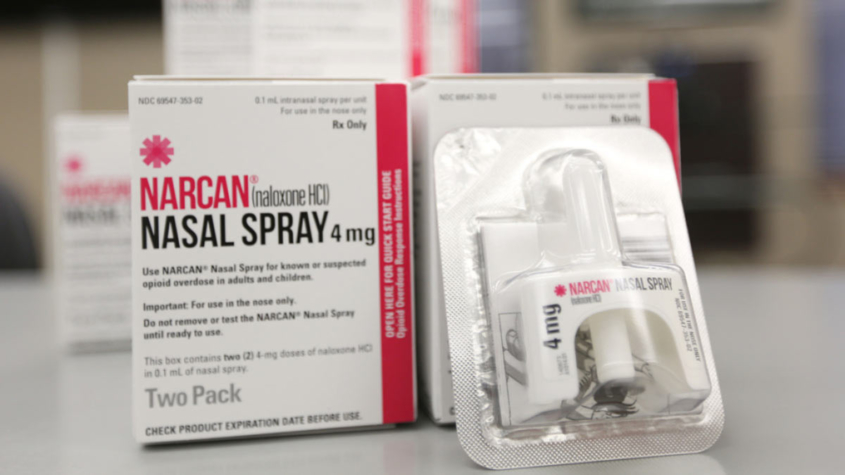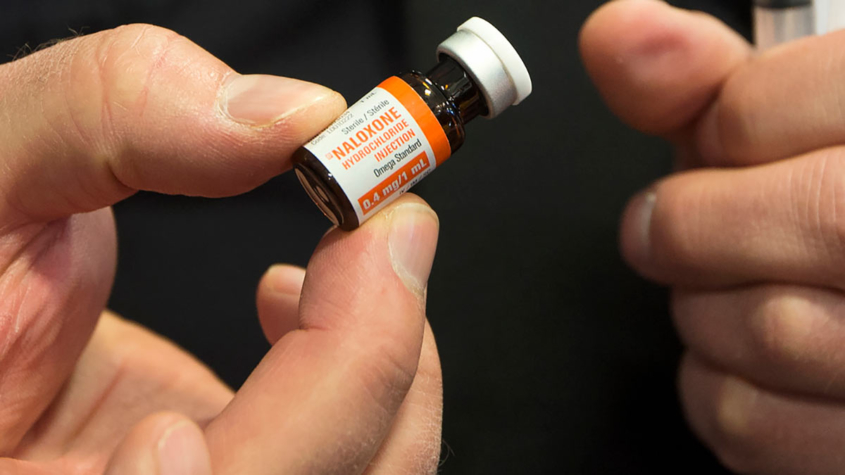Opioid overdose rescue kits available throughout SOU campus
Last year’s initiative to place overdose rescue kits at various locations on the SOU campus, enabling friends or passersby to save the lives of those experiencing opioid overdoses, has expanded this year.
A total of 20 Naloxone rescue kits – up from 18 last year – are now located at SOU: in the Shasta, McLoughlin, Cox, and Madrone residence halls; the Greensprings Complex; Aspen and Hawthorne halls in the Cascade Complex; the Education/Psychology, Theatre, Music, and Science buildings; The Hawk; the Facilities, Maintenance and Planning building; Stevenson Union; Hannon Library; two locations in Lithia Motors Pavillion; the Osher Lifelong Learning Institute at the Campbell Center; and Britt and Taylor Halls. A map of all kit locations is available on Inside SOU.
Naloxone, also known by the brand name Narcan, can legally be possessed and administered in Oregon. It has no narcotic effects, and works by reversing opioid-induced depression of the respiratory and central nervous systems. Opioids include drugs such as heroin and methadone, along with prescription pain medications including hydrocodone, oxycodone, codeine, hydromorphone, morphine, oxymorphone, fentanyl and buprenorphine.
Overdoses requiring lifesaving treatment can occur in a wide variety of settings and circumstances, so everyone is encouraged to prepare as emergency responders. Self-training tools include an eight-minute video with details on how and when to administer naloxone, and a step-by-step description of the medication’s use.
An average of more than 115 people per day die of opioid overdose in the U.S., and a spike in opioid use and overdoses has been seen in southern Oregon. SOU’s proactive approach to addressing the issue has been effective, as one kit was used last year.
Story by Blair Selph, SOU Marketing and Communications student writer



